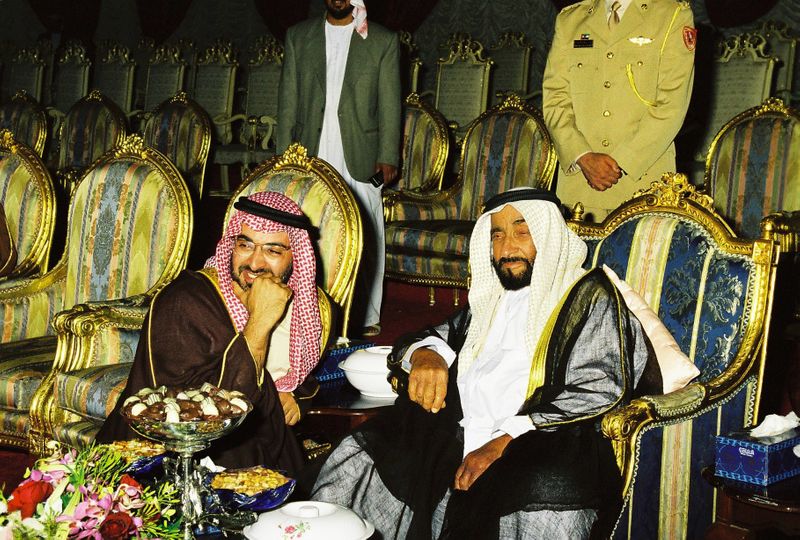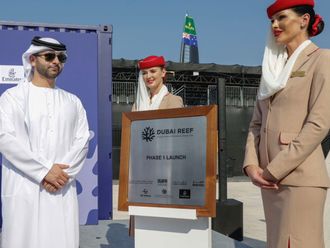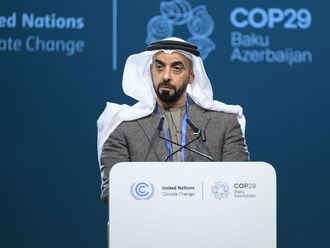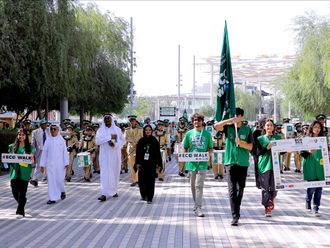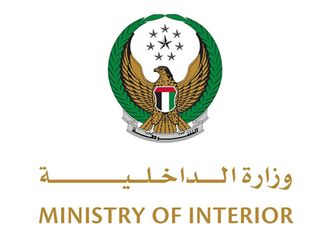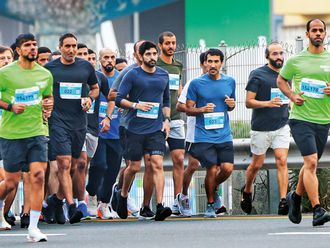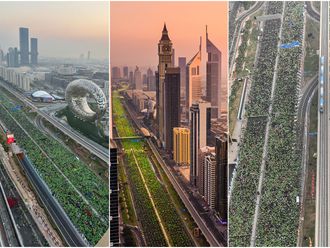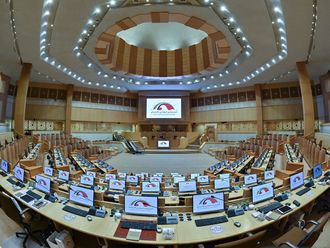
Abu Dhabi: More than 420,000 houbara bustards were given birth through Abu Dhabi-backed breeding programmes and 300,000 released into natural habitats, it was announced on Monday. Additionally, 58,000 houbaras were supplied to falconers over the past 15 years, eradicating illegal smuggling of the bird for use as prey in falconry. These statistics were revealed ahead the 17th edition of the Abu Dhabi International Hunting and Equestrian Exhibition (Adihex), from Auguust 27-31, where this year’s theme is ‘Together to Consolidate Sustainable Hunting Initiatives.’
A press release on the event heralded the efforts of His Highness Sheikh Mohamed Bin Zayed Al Nahyan, Crown Prince of Abu Dhabi and Deputy Supreme Commander of the UAE Armed Forces. The release said Sheikh Mohamed was “following in the footsteps of his father”, the late founder of the UAE, Sheikh Zayed Bin Sultan Al Nahyan, when it came to conservationism.
300,000
houbara bustard bred in captivity released into their natural habitatPassion for falconry and preserving cultural heritage and traditions goes hand in hand with conservationism, the release explained, and Sheikh Mohamed had enjoyed several successes.
As well as the above figures to reduce the dependence on using wild houbaras as prey in falconry, bred falcons have also been encouraged. By 2002 falconers in the UAE became the first in the Arab world to be 90 per cent dependant on using captive falcons for their sport. The Sheikh Zayed Falcons Programme has released more than 1,900 falcons and shaheen into the wild and produced more than 3,500 falcons for captivity to relieve the pressure on wild falcons.
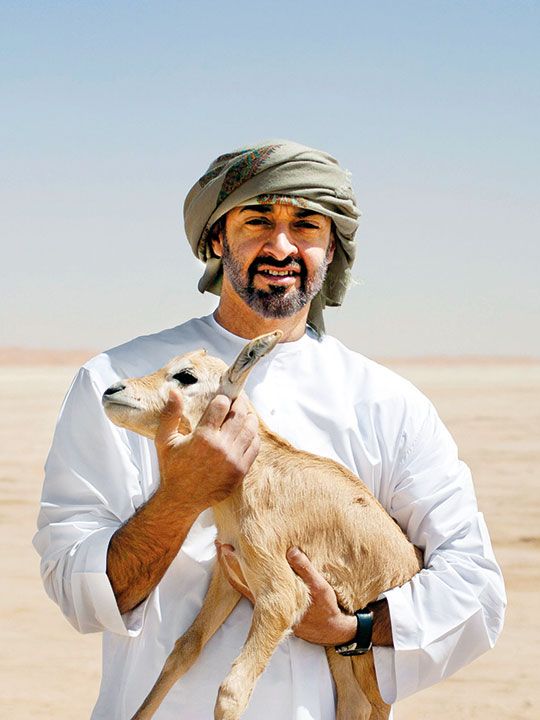
Another example of Sheikh Mohamed’s work was the 2008 establishment of the Mohamed Bin Zayed Conservation Fund, which has helped halt the extinction of species and regain bio-balance, while providing funds to scientists, researchers and specialists, and to establish a mechanism for international communication and cooperation between interested parties.
As chairman of the board of directors of the 2006 established International Fund for Houbara Conservation (IFHC), Sheikh Mohamed has also aided sustainable long-term preservation of the houbara locally. These efforts first began in the 1970s when Sheikh Zayed first held a conference on falconry and preservation of nature in 1976 and then launched a programme to raise houbara at Al Ain Zoo the following year.
58,000
houbaras supplied to falconers over 15 yearsThe UAE has also hosted an array of conservationist summits and conferences from the World Ocean Summit, to the International Festival of Falconry and has organised Adihex for the past 16 years. On top of this the country has been made general secretariat of the coordinating body of Arabian Oryx conservation, head of the Western Indian ‘Marine Turtle Community’, and president for the International Association of Falconry and Conservation of Birds of Prey (IAF).
Efforts were crowned in 2010 when falconry was recognised by Unesco as a Human Capital Heritage, fulfilling all international conditions and standards as an original and distinctive heritage. The Mohamed Bin Zayed Falconry and Desert Physiognomy School was even launched to educate the next generation on their culture and heritage.
The range of the UAE’s work has even spread as far as Mongolia, where a Memorandum of Understanding was signed in February this year between the local environment ministry and the Mohamed Bin Zayed Raptor Conservation Fund to try and find a solution to the rising number of deaths among houbara that are electrocuted by power lines.
